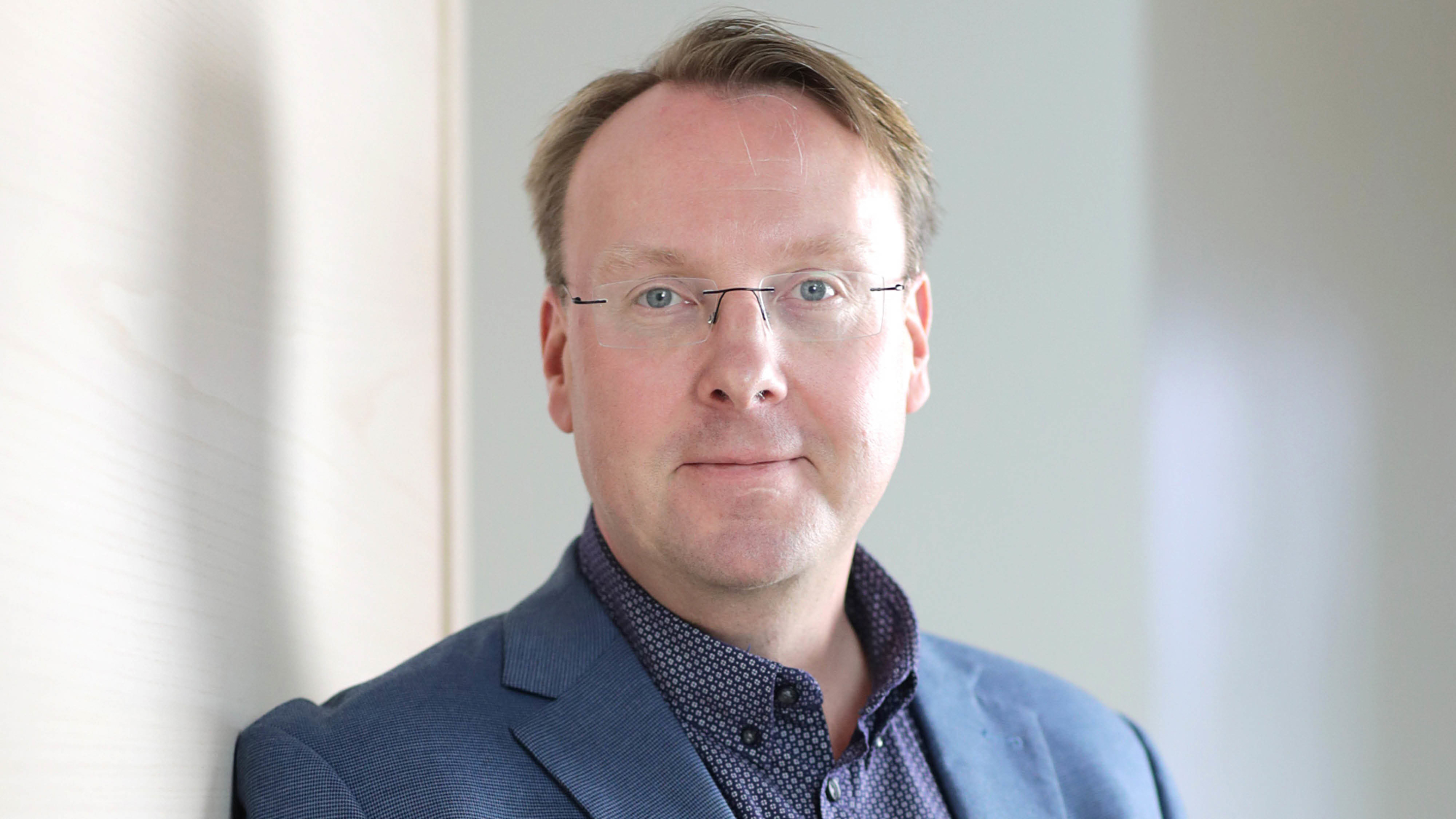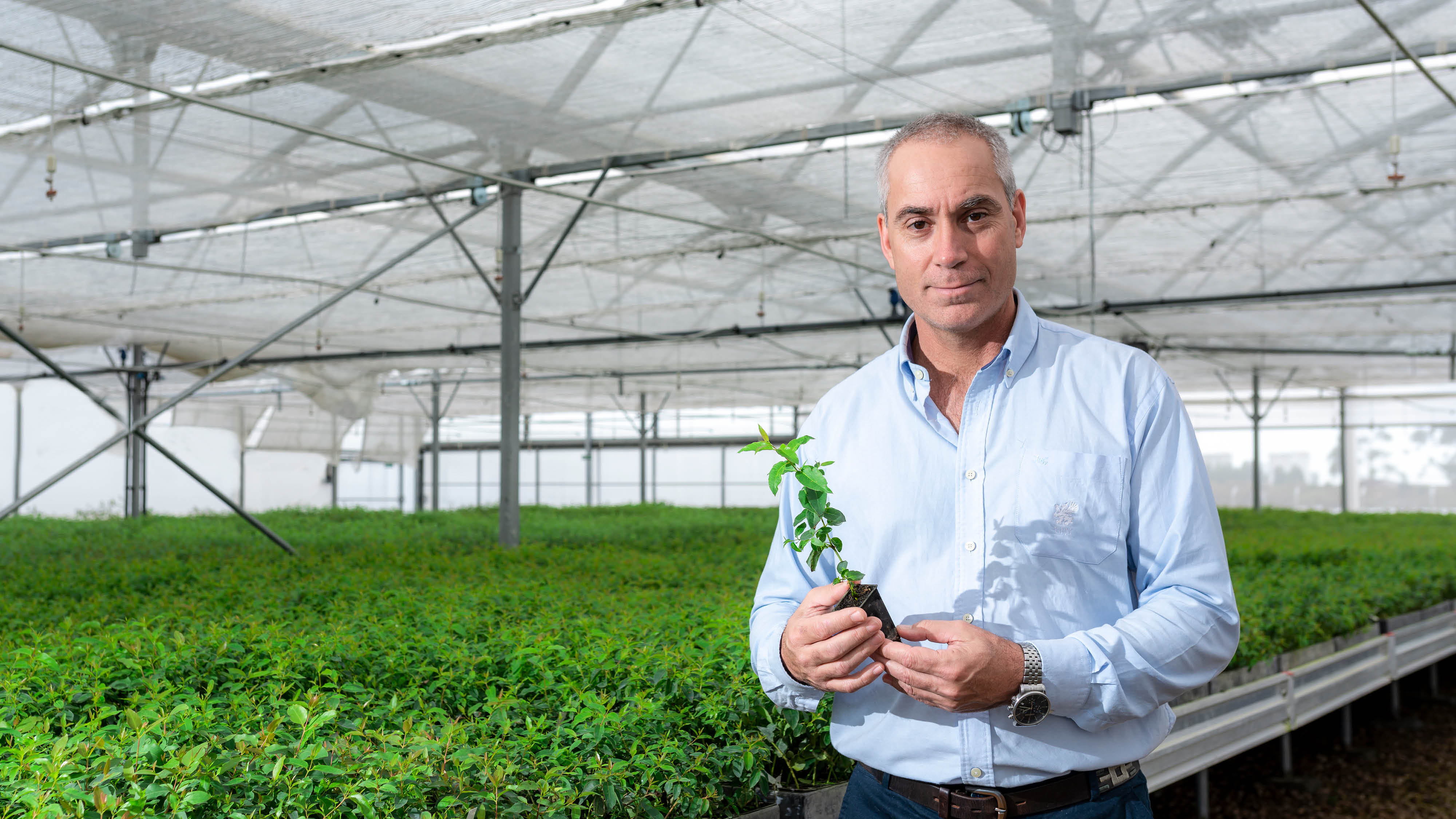Water is a central element in UPM’s businesses. As a company that needs a considerable amount of water in its production processes – mainly in pulp and paper production – UPM has a great responsibility to make the most of this precious natural resource and apply a circular way of thinking to the use of water. The company’s aim is to always use water responsibly and constantly improve its performance in this regard, as stated in UPM’s ambitious 2030 responsibility targets.
With regards to water, UPM’s target is to reduce its effluent organic load – measured using Chemical Oxygen Demand, COD – by 40 per cent and wastewater volume by 30 per cent by 2030. In addition, the company has set a 2030 target to use only recycled nutrients in its own effluent treatment plants. Over the last 20 years, UPM has already managed to reduce its COD load by more than half per ton of production.
A balancing act
UPM uses EU level best available techniques (BAT), applied to innovative closed-loop water systems. These systems enable the recycling and reuse of water within pulp and paper processes, as well as the recovery of excess pulp fibres contained within wastewater. This allows water to be circulated several times in production process and cooling systems with only a small portion of the water ultimately leaving the process as effluent and being replaced with fresh water.
According to Sami Lundgren, VP Responsibility at UPM, it is important to note that maximising water recycling and reuse means that less fresh water is actually withdrawn in the production processes, and applying these techniques also lowers the final wastewater volumes.

“However, as overall resource efficiency is our ultimate goal and at the core of our strategy, this is also a question about finding the optimal balance between the use of water, energy, chemicals and the final products. For example, minimising the amount of water circulating in the system means that we have to use less energy for pumping and cleaning the water. But on the other hand, circulating less water in a closed loop leads to the faster accumulation of harmful substances in the process. This, in turn, requires us to add more chemicals to the water, thus increasing the need for energy used in the wastewater plant. All this has to be in balance with the quality requirements of final products,” Lundgren explains.
Smart water management in pulp production
As pulp mills are UPM’s most water-intensive production plants, they are located in areas where there is sufficient water available. On average, around 80 per cent of the water sourced for pulp production from natural lakes and rivers is returned to nature after being mechanically and biologically treated in wastewater treatment plants. Discharge levels in the wastewater are regularly monitored and reviewed, both internally and by relevant authorities.
Water is used in several stages during the pulp production process, first when cooking wood chips to remove the lignin and separate the wood into cellulose fibres. During the cooking process, approximately half of the wood dissolves into a solution called black liquor, which is recovered and burned in the mill’s recovery boiler to produce energy that keeps the entire process running. Most of the water in the process is, however, used in several washing and bleaching stages. According to Eerik Ojala, Director, Environment at UPM, the qualities of the fibre and the customer’s specifications for the end result determine how many stages are needed.

“The exact amount of water necessary for the production process varies according to the raw material base, whether we are cooking soft or hardwood pulp, and the required bleaching level. Again, it’s about optimising the levels of all resources used in the process,” Ojala notes.
He adds that although the technologies and methods used in the actual pulp cooking process are tried and tested and haven’t changed that much along the years, he expects cost efficient wastewater treatment technology to continue evolving.
“In a sense, biological wastewater treatment has reached its limits, as a certain amount of organic material and nutrients are needed in the water for the biological process to work. But new separation technologies will most likely allow us to recover even more organic material and utilise it as a side stream in our processes or elsewhere. Also, new types of industrial symbiosis will hopefully find ways to efficiently utilise, for example, the residues separated from wastewater,” Ojala envisions.
Eucalyptus trees use water efficiently
Besides having a crucial role in pulp production, water is also a key element in sustainable forestry. UPM uses a broad array of solutions for managing the impact of forestry on water resources and its plantations in Uruguay are established in areas where sufficient water supply is available. Plantations are not established in water stressed regions, and their potential impacts on water resources are constantly monitored at selected measurement points.
Ricardo Methol, Senior Manager, Technical Development & Planning at UPM Uruguay, says that the water usage of eucalyptus plantations has been studied and monitored for decades in Uruguay. UPM has undertaken long-term water monitoring studies since 2007 in cooperation with Uruguay’s National University. This research indicates that plantations do not affect groundwater resources or water quality.

“The soils in Uruguay are relatively shallow and have a limited capacity to hold water. As the rooting depth of eucalyptus does not usually exceed the first metre, the water used by the trees is entirely dependent on rainfall. Eucalyptus are resilient trees – they adjust their water needs to the available water by reducing or stopping their growth and even by dropping leaves in case there is a drought,” Methol says.
Uruguay is a humid subtropical country with annual rainfall levels of around 1,200 to 1,500 mm distributed evenly during the year, which makes it well suited for sustaining tree plantations. Besides of the importance of having favourable natural conditions, Methol points out that sustainable plantation management is crucial in minimising the potential impacts on water, biodiversity and soil.
“Buffer zones and natural drainage areas maintained with their natural vegetation, and planting trees in a mosaic of different age classes help to minimise variations in water flows in basins with forest plantations. It is also important to note that plantations have positive effects, for example, in reducing soil erosion from water runoff and flooding, and in mitigating the impacts of extreme events such as flash floods after major storms,” Methol concludes.
Text: Timo Nykänen
